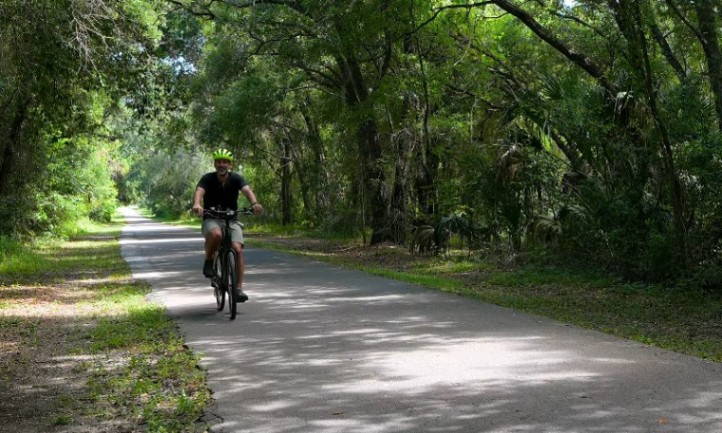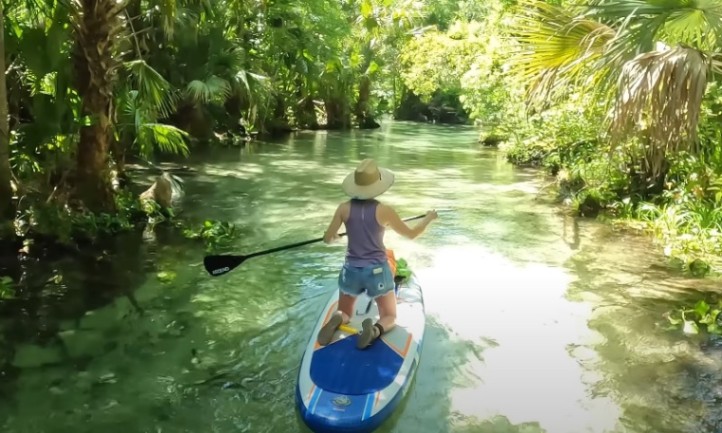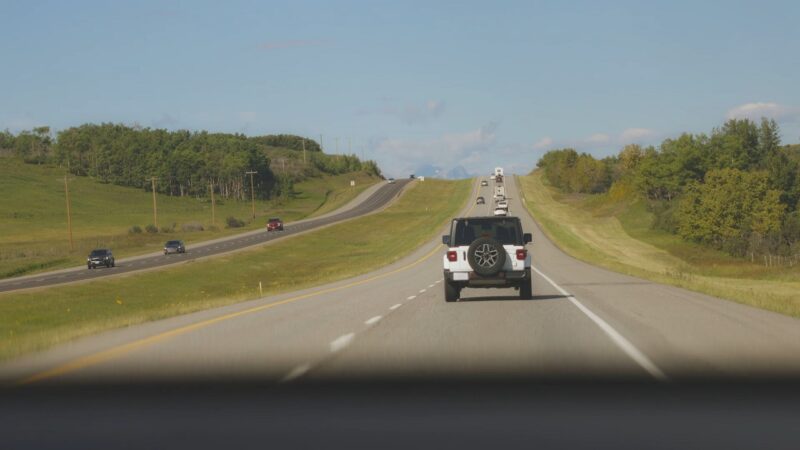
A drive from Florida to Missouri can be both thrilling and manageable for families who enjoy life on the road.
Spanning a mix of warm coastal breezes and rolling heartland hills, the route offers a variety of experiences depending on choices made in planning.
Each mile brings changing weather, evolving geography, and a blend of attractions, making preparation key to maximizing fun while staying within budget.
Without further ado, let us begin.
Table of Contents
TogglePre-Trip Planning Essentials
Before packing bags or checking tire pressure, take time to lay the foundation for a smooth and rewarding road trip. Planning ahead helps avoid mid-trip stress and keeps the experience fun for everyone involved.
A successful drive from Florida to Missouri depends heavily on setting clear goals, choosing the most appropriate route, and designing an itinerary that works for both adults and kids.
Define Your Goals
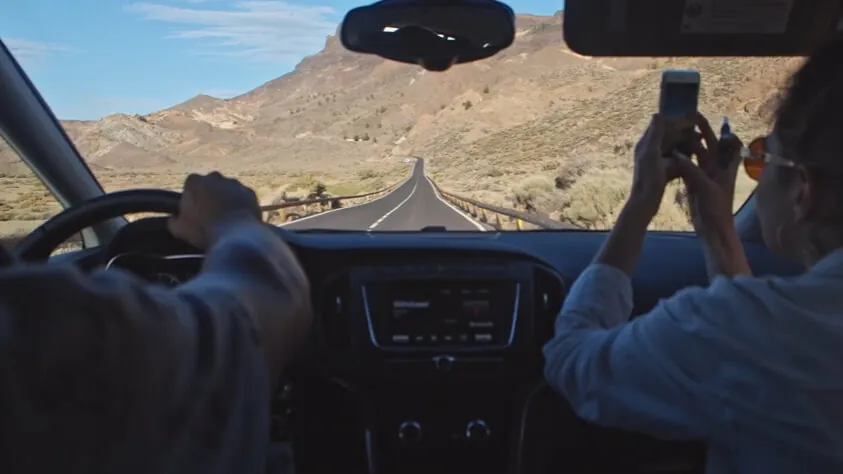
Every road trip starts with a purpose. Are you hoping to immerse the family in natural beauty, visit historic places, or spend time at theme parks and city attractions?
Setting goals makes it easier to shape a route and pick stops that align with interests. Time is another major factor – count how many days can realistically be set aside for the drive.
A full week opens up possibilities, but even a long weekend can provide an exciting adventure if organized thoughtfully.
To help clarify your travel vision, consider these planning questions:
- Do you want to prioritize outdoor experiences like national or state parks?
- Would educational stops such as historic battlefields or museums be valuable?
- Are entertainment hubs like theme parks, zoos, or music cities part of the plan?
- How many hours per day is the family comfortable driving?
Defining these aspects in advance helps structure the rest of the trip around what matters most.
Choose the Route
Multiple driving routes connect Florida to Missouri, and each one offers a different rhythm. Those aiming to make the trip quickly may prefer the efficient path of:
- I-75
- I-24
- I-70
The option keeps you moving through large stretches of highway with convenient rest stops and well-developed services.
On the other hand, families who enjoy more local flavor and detours can opt for scenic byways or sections of the historic Route 66. Slower travel brings more character and chances to find unusual spots, especially when traveling through Tennessee, Kentucky, and southern Missouri.
Many travelers have embraced a relaxed routing philosophy inspired by TakeBackRoads, favoring small-town vibes and lesser-known sights over big-city stress. Depending on the type of trip you want, your route might reflect one of the following:
- Direct interstate highways for speed and convenience
- Route 66 detours through Oklahoma and southern Missouri
- Scenic byways through rural Tennessee or Arkansas
- Mixed approach: highways for long stretches, with scenic diversions for variety
@thewokeginger Driving through Missouri is something else… #missouri #roadtrip #stl #stlouis #kc #kansascity ♬ original sound – thewokeginger
Deciding which route to take also influences your lodging, meal planning, and attraction choices.
Create a Flexible Itinerary
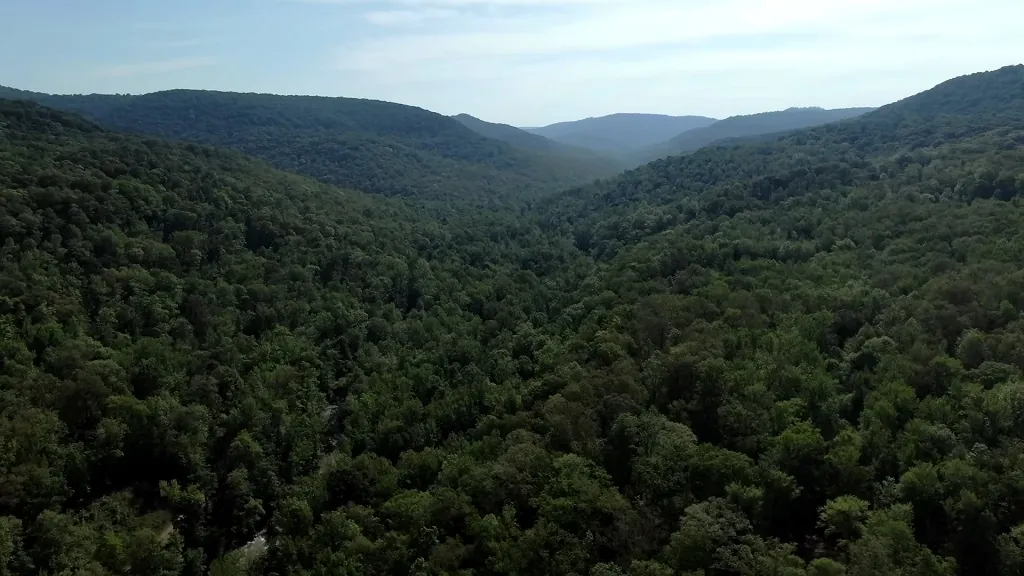
After settling on a route, design an itinerary that balances structure with flexibility. Identify several major stops that everyone in the family can look forward to.
Nashville’s live music culture, Memphis’s culinary scene, and St. Louis’s family attractions are popular choices. These cities also offer easy access to fun short stops along the way.
For those heading toward the Ozarks, Branson offers entertainment, nature, and family resorts like the one you can find at https://www.westgateresorts.com/hotels/missouri/branson/westgate-branson-woods-resort
To keep everyone comfortable and reduce burnout, plan rest stops every two to three hours. These can be simple gas station breaks or quick detours to playgrounds or scenic overlooks.
Unexpected delays are inevitable, so a backup plan for each day ensures momentum continues even when original ideas don’t pan out.
Key points to remember when building the itinerary:
- Include 2–3 must-see stops per day, spaced by driving segments
- Plan rest breaks every 2–3 hours for stretching, snacking, or quick sightseeing
- Add backup options for weather delays or road closures
- Identify alternative restaurants and fuel stations in remote areas
- Keep one afternoon or evening open for spontaneous fun
A good itinerary is a living document, not a rigid checklist. Leave room for the road to surprise you.
Budgeting and Saving Tips
Use spreadsheets to keep spending on track. Gas, lodging, meals, and attractions should each get their own category. Set a realistic daily amount for each.
Many families find that pre-booked hotels or campgrounds help lock in lower prices.
Bringing snacks and sandwich fixings cuts food costs dramatically. State tourism offices often offer free or discounted passes for attractions, especially in Missouri.
Money can be saved through:
- Booking accommodations ahead of time
- Bringing food and refillable water bottles
- Using city discount passes or kid-friendly bundle deals
Packing Smart and Staying Organized
Long drives demand more than just excitement; they require careful preparation, especially when traveling with the whole family.
A disorganized car can quickly turn into a stressful mess if essentials are buried or forgotten.
Planning ahead by grouping items into practical categories helps prevent delays, meltdowns, and avoidable expenses.
Family Packing Checklist
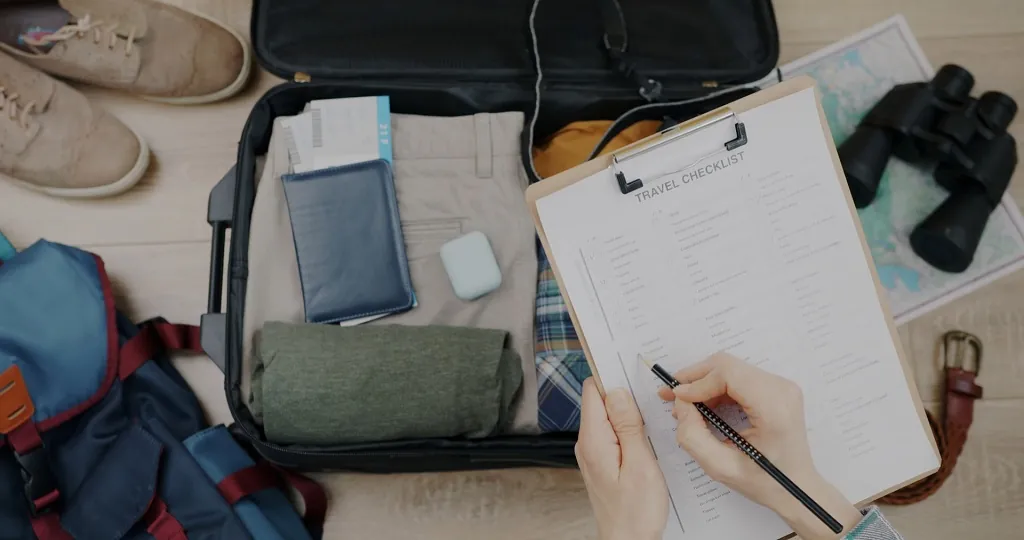
Thinking practically saves time. Items should be chosen with weather changes, long hours in the car, and basic hygiene in mind.
Each person should have their essentials within easy reach, and shared supplies should be organized in clearly labeled containers.
Recommended packing items:
- Weather-appropriate clothing for each traveler
- Toiletries: toothbrushes, toothpaste, deodorant, hairbrush, feminine products
- Device chargers, power banks, and outlet adapters
- Personal care items: sunscreen, lip balm, lotion
- Lightweight blankets for naps or outdoor stops
- Flashlight or headlamp for night use
- Compact first aid kit with adhesive bandages, antiseptic wipes, tweezers
- Hand sanitizer, disinfecting wipes, and tissues
Use downloadable packing checklists to avoid last-minute stress and forgotten items.
Plastic storage bins or soft-sided bags with compartments make organization easier and help everyone find what they need without digging through a pile of clothing and random cords.
Kid-Friendly Gear

Children are happier travelers when they have comfort and stimulation.
Boredom or discomfort can quickly ruin the drive, so setting each child up with their own set of gear creates independence and reduces interruptions.
Letting them pack their bags, within reason, adds to their sense of excitement.
Kid gear to include:
- Car seat organizers for snacks, toys, or art supplies
- Soft travel pillows and cozy blankets
- Collapsible potty for roadside emergencies
Easy-to-carry backpacks for each child containing:
- Refillable water bottle
- Healthy snacks
- Favorite toys or stuffed animals
- Books, coloring pads, and stickers
- Headphones for personal entertainment
Rotating toys or introducing a “surprise bag” partway through the trip can renew interest and reduce screen time.
Emergency Kit Must-Haves
Unexpected problems are part of long drives, so being ready is key. Having a dedicated bag or box for emergency items can make all the difference when time is short or stress is high.
Prioritize items that address both health concerns and mechanical issues.
Emergency supplies to bring:
- Car sickness bags or motion relief wristbands
- Common medications: ibuprofen, acetaminophen, allergy relief (like cetirizine), saline spray
- Tweezers, insect bite relief, and cold compress packs
- Basic automotive tools: tire patch kit, wrench, jumper cables
- Emergency contact list in both paper form and saved digitally
- Printed insurance info and roadside assistance membership details
- Duct tape, gloves, poncho, and spare flashlight batteries
No one hopes to use these items, but having them ready ensures that even problems stay manageable.
Proper packing sets the tone for the entire road trip. With a well-stocked car and organized supplies, families can focus more on enjoying the ride and less on fixing forgotten details.
Vehicle Prep and Safety Checks
Take the car for a tune-up before leaving. Inspect tires, oil levels, lights, and mirrors. Mechanics can spot issues before they become trip-enders.
Carry a spare tire, jumper cables, and proof of roadside assistance. Some families choose tech upgrades like adaptive cruise control for safer highway cruising.
Consider bringing:
- Windshield washer fluid
- Tire pressure gauge
- Portable power bank
Preparation can save hours of headache down the road.
Entertainment and Engagement for Kids
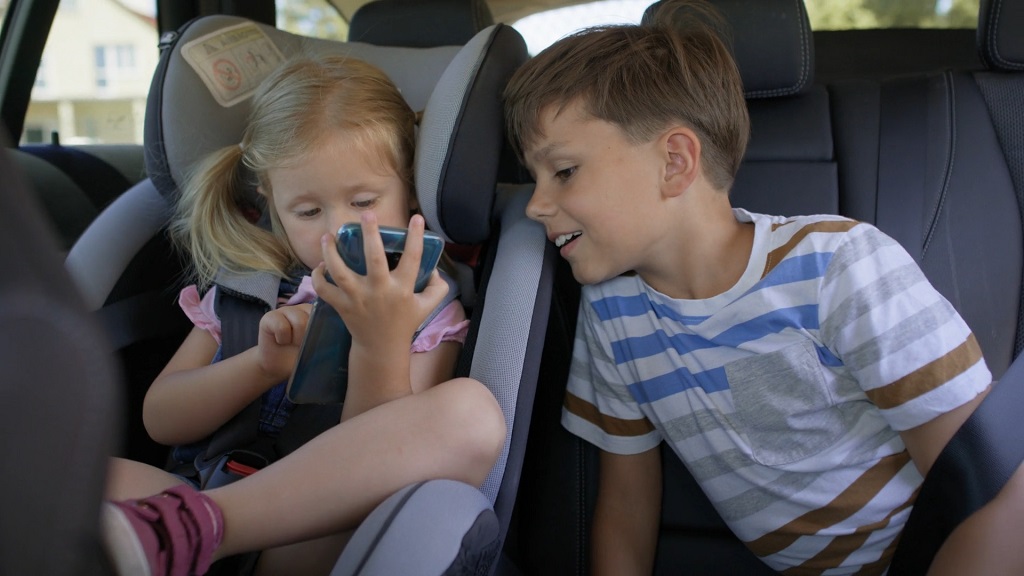
Not everything needs to be a screen. Travel journals, sketch pads, or simple road trip bingo keep brains engaged.
Audiobooks and family podcasts pass the miles while keeping conversation going. Rotate entertainment bags every few hours to add novelty and reduce boredom.
Suggested listening:
- Wow in the World
- Brains On!
- This American Life (select family-friendly episodes)
Classic games like “I Spy” or license plate spotting help pass time without effort or supplies. Laughter and storytelling often outlast devices in memory.
Final Tips for a Stress-Free Journey
Print physical maps in case devices lose signal.
Embrace off-plan moments, sometimes the best memories come from random roadside stops or quirky museums found by accident.
Flexibility, patience, and snacks go a long way. Perfection is not the goal; connection is.
Let the drive bring out fun, family bonding, and new places worth remembering.
Related Posts:
- Buying a House in Orlando - Tips Every Buyer Should…
- Where Do Orlando Locals Go on Vacation? Top 12…
- 5 Reasons to Attend Taste! Central Florida You Should Know
- 14 Best Family-Friendly Parks in Orlando You Should…
- Universal Studios Parking Fees in 2025 - What You…
- How Florida Weather Impacts Your Roof and Driveway…









